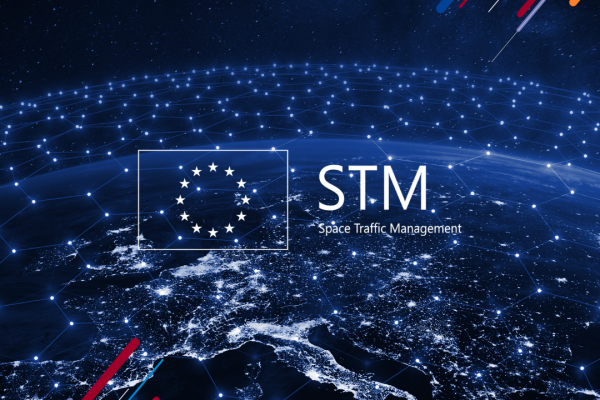Why is this relevant?
Near-Earth Objects (NEOs) are comets and asteroids (space rocks) which are approaching the Earth or are in an orbit in close proximity to Earth. They played a role in the evolution of our planet, and, still today, they enter the Earth’s atmosphere regularly.
The possible risks of large space rocks entering the Earth’s atmosphere have led to an increase in EU efforts to track and study NEOs, and to examine what they are made of (physical characterization). These efforts will help to develop technologies which may contribute to potential future NEO missions should a deflection procedure be required to reduce the likelihood of a collision with Earth.
Definition of Near-Earth Objects (NEO)
NEO means monitoring the risk of natural objects, such as space rocks in the solar system, which are approaching the Earth.
What is NEO?
NEO is a subcomponent of the Space Situational Awareness (SSA) component of the EU Space Programme. It aims at coordinating and improving European capabilities and activities related to the monitoring of space rocks whose orbits approach or cross the Earth's orbit.
To this end, the European Union supports activities that
- map Member States' capabilities to detect and monitor NEOs
- promote networking among Member States' facilities and research centres, which is done through a yearly conference (2022 edition)
- develop a European catalogue of physical properties of NEOs
- develop a routine rapid response service that can characterize newly detected NEOs





